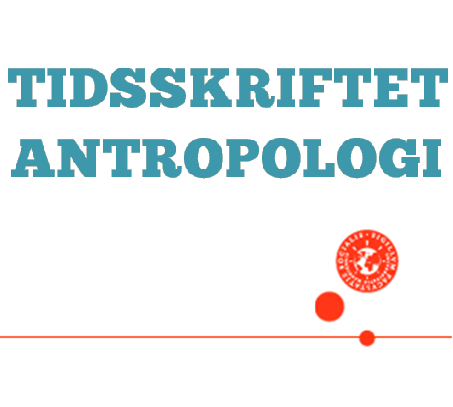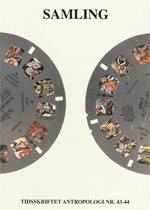STATENS MUSEUM FOR KUNST: Et museum for kunsthistorien og samtidskunsten
DOI:
https://doi.org/10.7146/ta.v0i43-44.107429Resumé
Statens Museum for Kunst is now one of the
few art museums in Europe where collections
of art from the 14th century to the present
day are kept together. However, the need for
an expansion of the exhibition area became
increasingly urgent, and a wing was added
to the museum in 1996. The article’s title
indicates, therefore, the framework for the
wide field of art covered by the museum. It is
relevant to take a closer look at the historical
basis for this combination within visual
art. Two important players come to mind:
Diderot, French art critic and philosopher
of the Enlightenment, and in Denmark the
art historian Julius Lange. Diderot advanced
the idea that contemporary art should be part
of the “modern” public museum. If any one
person deserves the credited for legitimizing
contemporary art as an important category
in itself, it is Denis Diderot, for he made
the claim the con-temporary art be taken as
seriously as was the art of the past. Lange
played a leading part in Danish artistic life.
His aim to make explicit the criteria for
obtaining optimum presentation of the art
collections at Statens Museum for Kunst
resulted in heated discussions. They have
had a decisive influence in Denmark on the
ongoing discussions of the importance of contemporary
art seen in relation to museums
and art history, and on the presentation of art
collections and, not least, on what they should
represent. In the end of the 20th century the
concept of representation has had a dramatic
revival. For an insightful con-tribution to this
movement, the article points to the American
art historian Donald Preziosi’s discussion of
the relation between the “modern” public
museum and the con-cept of representation.
Downloads
Publiceret
Citation/Eksport
Nummer
Sektion
Licens
Ophavsretten til artiklerne i Tidsskriftet Antropologi tilfalder forfatteren.
Artikler publiceret i Tidsskriftet Antropologi må citeres, downloades og videresendes for ikke-kommerciel brug, under forudsætning af normal akademisk reference til forfatter(e) samt tidsskrift, årgang, nummer og sider. Artiklerne må kun genudgives med eksplicit tilladelse fra forfatter(e) og tidsskriftet.


